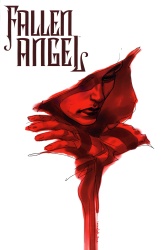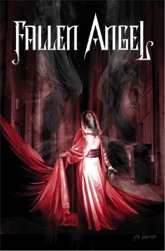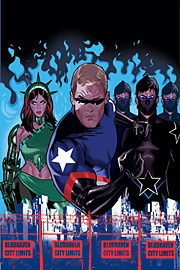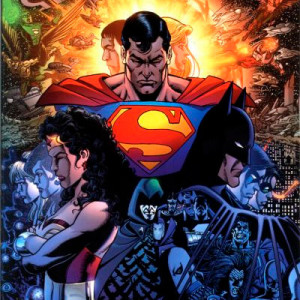While writing an article on Earth-Prime yesterday, I had an interesting thought linking Superboy Prime’s “continuity punches” from Infinite Crisis with the early appearances of Earth Prime.
DC Comics established Earth-Prime as the reader’s world. It was basically the same as the real world, with no super-heroes, and allowed DC characters to interact with a world in which they were fictional characters. It also allowed the comics’ writers and editors to write themselves into stories. In 1985, as DC was dismantling the multiverse concept with Crisis on Infinite Earths, they established the existence of a Superboy on Earth-Prime, just before they destroyed the universe. This Superboy returned after a 20-year absence as one of the main villains in Infinite Crisis.
Flash #228 (1974), “How I Saved the Flash,” featured writer Cary Bates traveling to Earth-1 and meeting the Flash. Up until this point, the conceit had been that on Earth-Prime, comic writers would dream about super-heroes’ adventures on Earth-1, just as Earth-1’s writers would dream about heroes on Earth-2. In this story, the connection went the other way, too: Earth-Prime’s Cary Bates was able to influence events on Earth-1 by sheer force of will, which he called “plotting power.” Continue reading



 “Obviously, he’s a ta’veren!” Katie said. I laughed for a second, but then remembered an interview I’d read about Infinite Crisis. It actually fits.
“Obviously, he’s a ta’veren!” Katie said. I laughed for a second, but then remembered an interview I’d read about Infinite Crisis. It actually fits.